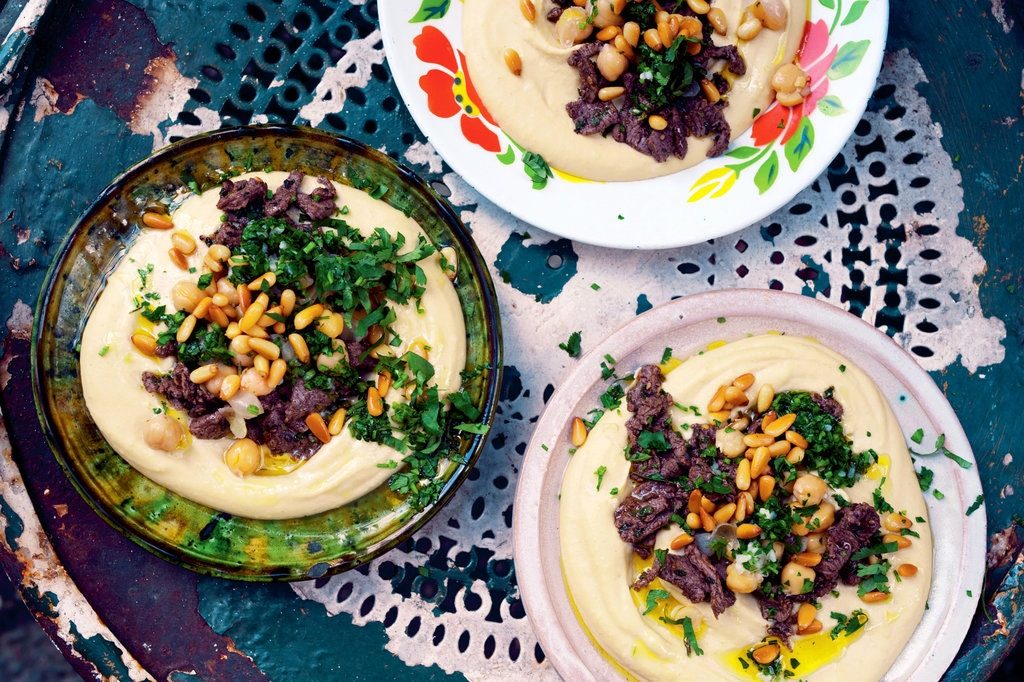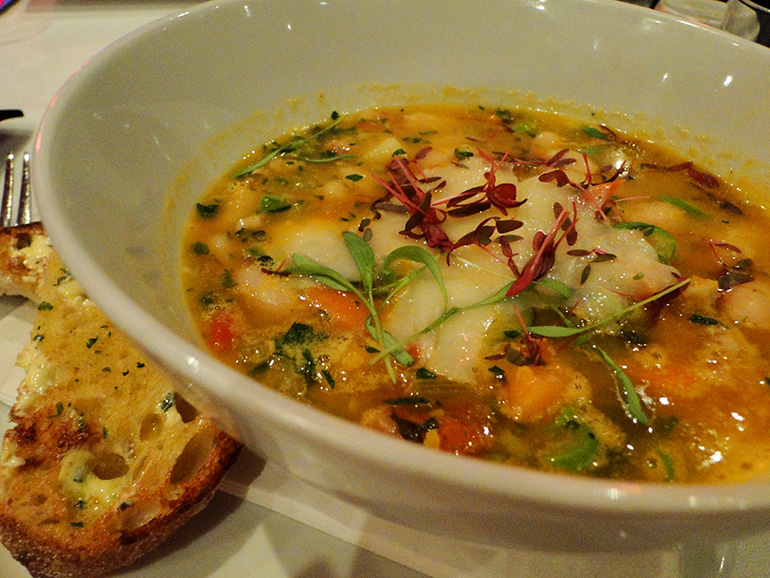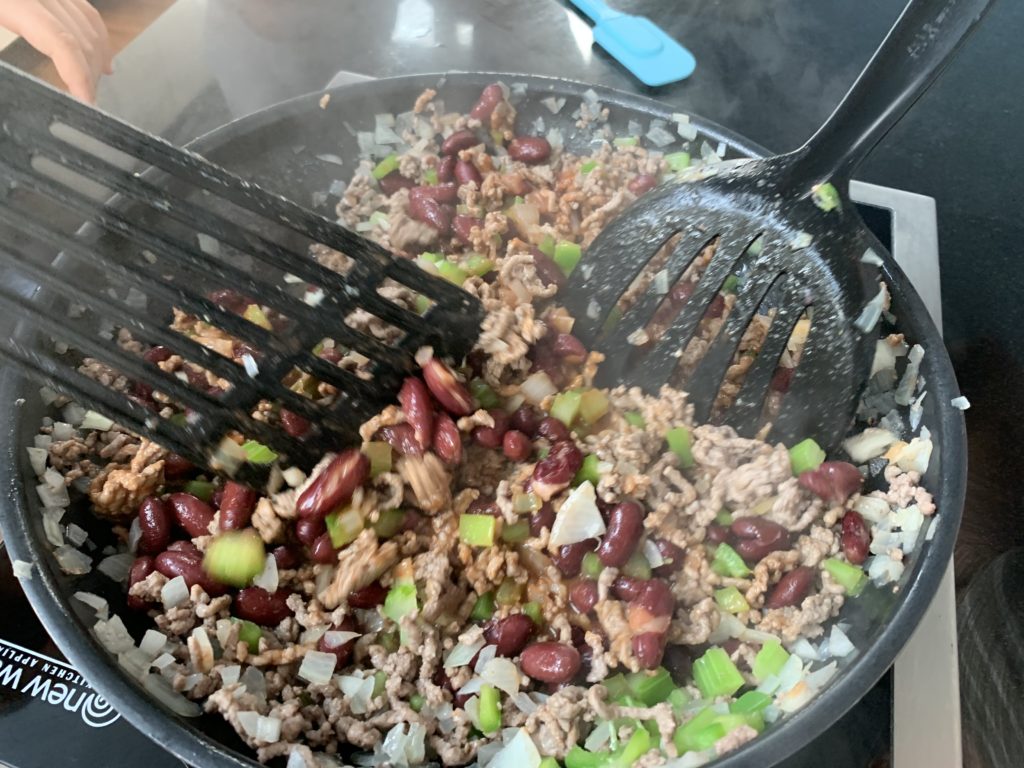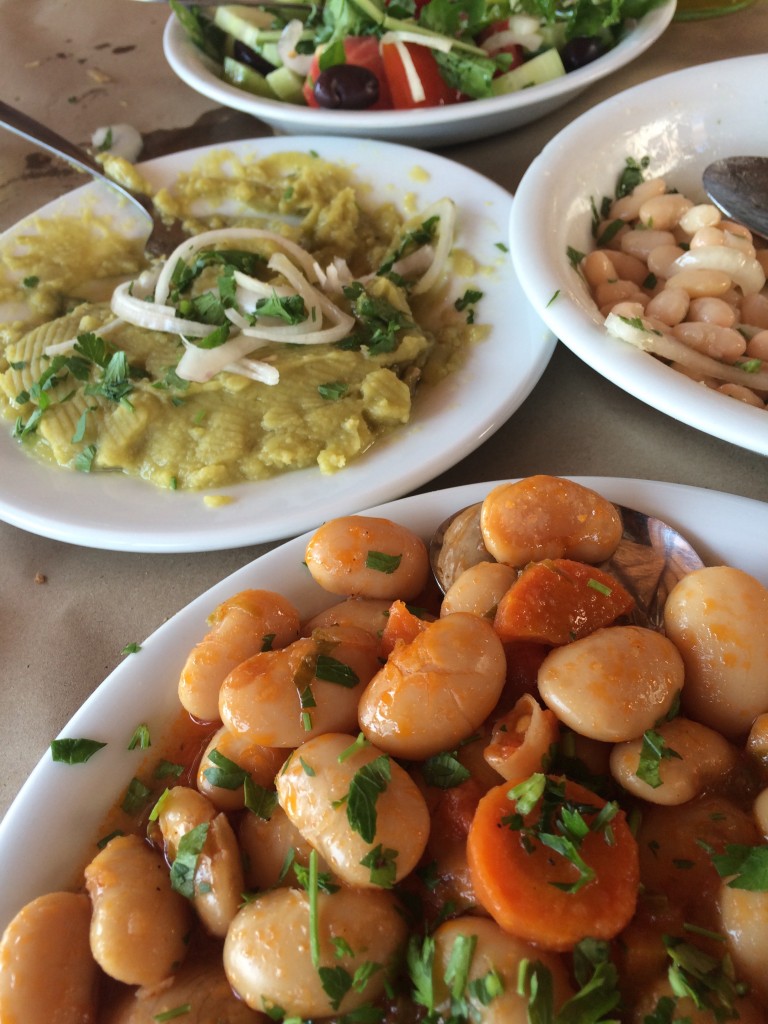Pantry Essentials
My store cupboard is always stocked with a few tins of chickpeas and a variety of beans. Knowing they’re there, I can rest assured that a simple meal is always at hand.
With the chickpeas, for instance, I can make a tasty salad (with tomatoes, spring onions, fresh parsley and a vinaigrette dressing). Occasionally I’ll add some tinned tuna, a couple of boiled quartered eggs and a scattering of small black olives (a la nicoise).

Quite often I’ll use them as the basis for a delicious Italian-style soup, made with tinned tomatoes, garlic, rosemary, olive oil and tiny pasta or add them to various pasta dishes for extra flavour and nutrition. They’re also good pureed (as in the Middle Eastern hummus – or used as a thickener for soups).

Split peas are also good in soups (simmered with ham hocks or bacon bones). Lentils lend themselves to an infinite variety of tasty spicy Indian dals and also make excellent vegetarian burgers.
Beans too can be turned into an infinite variety of delicious dishes. In winter, canellini, borlotti and lima beans give an extra dimension to casseroles and soups. I often make a soup based on chopped bacon, onion, garlic, celery and carrot. These are softened in olive oil, then the beans are added along with a few sprigs of thyme, some salt and pepper and covered generously with chicken stock. Let this bubble away for 45 minutes to an hour and you’ll have a filling flavoursome meal for lunch or dinner. Like chickpeas, these beans can be pureed and used for thickening various dishes.

There are so many different beans available and so many different names given to them that they can be difficult to identify. Pink beans, for example, are medium kidney-shaped beans with a deep pink skin, and are sometimes called red Mexican beans; turtle beans are the black kidney beans which some claim have a subtle mushroom flavour) also beloved by Mexicans and often combined with chilli; crab-eye beans are what the Italians call borlotti beans, those kidney-shaped little numbers with deep pink skin, flecked with beige and brown. Then there are haricot, soya, lima, adzuki, black-eye and ‘ful medames’ (baked with eggs, cumin and garlic, these small round brown beans are the Egyptian national dish) to add to the list.

Beans are members of the legume family, also known as pulses, and are among the most valuable foods for human consumption. Other members include lentils (brown, black, red and green) and dried peas (chickpeas, pigeon peas, blue peas, split green or yellow peas). Rich in protein and complex carbohydrate, their starches are slowly digested and absorbed, giving rise to a slow, steady release of glucose in the blood, which makes them helpful in converting blood sugar levels in people with diabetes. All are a valuable source of thiamin and niacin equivalents and of the minerals, iron, calcium, zinc, magnesium and phosphorous. They also contain no cholesterol.

Most beans are available tinned – look out for the no-salt varieties. If you’re full of beans, however, you’ll start from scratch with the dried varieties – and save yourself some money in the process.
